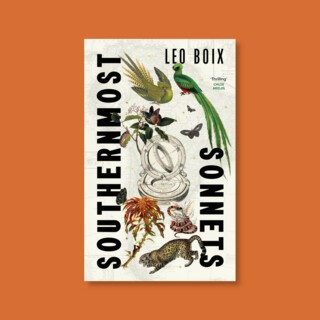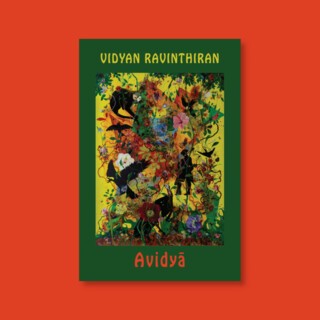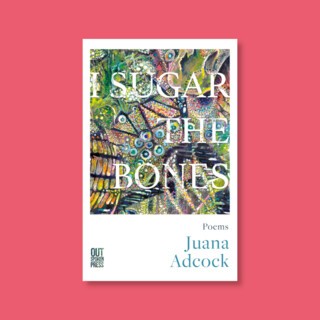Neither a Georgian nor a Modernist: Jean Moorcroft Wilson on Edward Thomas
Posted by the Bookshop

Ahead of her event with Nicholas Murray at the Bookshop on 17 June, we asked Edward Thomas's biographer, Jean Moorcroft Wilson, a few quick questions.
Early in the book, you endorse Andrew Motion’s reading of Thomas as a ‘bridge or hinge’ between the Georgians and the Modernists. How much do you think this is a function of his early death? If he’d gone on writing, do you think he’d have been claimed more by one side than the other?
The aptness of the 'bridge or hinge' metaphor lies precisely in the fact that Thomas fits comfortably into neither the Georgians nor the Modernists. I see no signs that, had he lived, he would have gravitated to either camp. It is one of the virtues of his poetry that it is so essentially his own, despite the inevitable influence of other poets early on. It is hard to imagine a poem like 'Old Man', for instance, being written by any other poet of the twentieth or twenty-first century, though many have tried to emulate him.
It’s been a very long while since Thomas’s one novel, The Happy-Go-Lucky Morgans, was in print. You quote the rather frosty reviews it received at the time, but don’t much go into your own feelings on its literary merit. Is it any cop? Is it time someone put out a new edition?
Thomas made no pretence that his so-called 'fiction' was not thinly-disguised autobiography and its main interest will probably remain a biographical one. Almost all the characters in The Happy-Go-Lucky Morgans are based on himself, his friends or family. It is also full of Thomas's reflections on life, many of them constituting short essays in themselves, analysing concepts such as the 'superfluous man' he considered himself to be. This makes it well worth reading or re-reading. Its lack of a strong storyline, which might not have mattered so much a decade after its publication in 1913, when Modernist writers like Woolf, Mansfield and Proust were shifting the focus from outer to inner happenings, helps to explain its lukewarm reception and would probably prevent it from being 'popular' today.
The recent surge of contemporary nature writing has seen a (long overdue) revival of interest in Richard Jefferies. How much of Thomas’s technique of nature writing was learned from Jefferies?
Thomas was influenced by Richard Jefferies at an early stage in his writing career, his interest stimulated by visits to his grandmother in an area of Jefferies's native Wiltshire described by Jefferies in loving detail. What Thomas admired in Jefferies's books was partly the contrast with the existence he lived in London: 'the free open-air life, the spice of illegality and daring, the roguish characters – the opportunities so far exceeding my own, the gun, the great pond, the country life, the apparently endless leisure'. Under Jefferies's influence, as well as the more practical need to write a school essay about his holidays, he, too, began noting natural details on his outings – birds, plants, trees, clouds, seasons. When eventually some of these observations appeared in his own first book, The Woodland Life (1897), it seems fitting that it should open with the final words of one of his favourite Jefferies works, The Amateur Poacher (1879): 'Let us get out of the indoor narrow modern days, whose twelve hours somehow have become shortened, into the sunlight and the pure wind. A something that the ancients thought divine can be found and felt there still'. As Edward Garnett pointed out, Jefferies also influenced Thomas's The Happy-Go-Lucky Morgans, with his own novel, Amaryllis.
Did Thomas wear glasses? If not, what on earth is he holding in the photo taken in his room at Lincoln College (1899)?
I have never seen, or read a reference to Thomas wearing glasses. The most likely thing for him to be holding in his hand in his Oxford days is a pipe. Possibly as a result of his admiration for the Wiltshire countryman, 'Dad' Uzzell, he developed something of a fetish about clay pipes. He devotes at least six pages of In Pursuit of Spring to the narrator's lecture on the perfect clay pipe to the 'Other Man', who 'care[s] nothing for the matter'! Clearly a hobby-horse of Thomas, clay pipes form the central image of his first Army poem, 'Digging', where they become the unlikely link between the narrator and a soldier from the Duke of Marlborough's wars in the early eighteenth century:
What matter makes my spade for tears or mirth,
Letting down two clay pipes into the earth?
The one I smoked, the other a soldier
Of Blenheim, Ramillies, and Malplaquet
Perhaps.
--
Jean Moorcroft Wilson is in conversation with Nicholas Murray about her book Edward Thomas: From Adlestrop To Arras (Bloomsbury) on Wednesday 17 June at 7 p.m. Book tickets here




